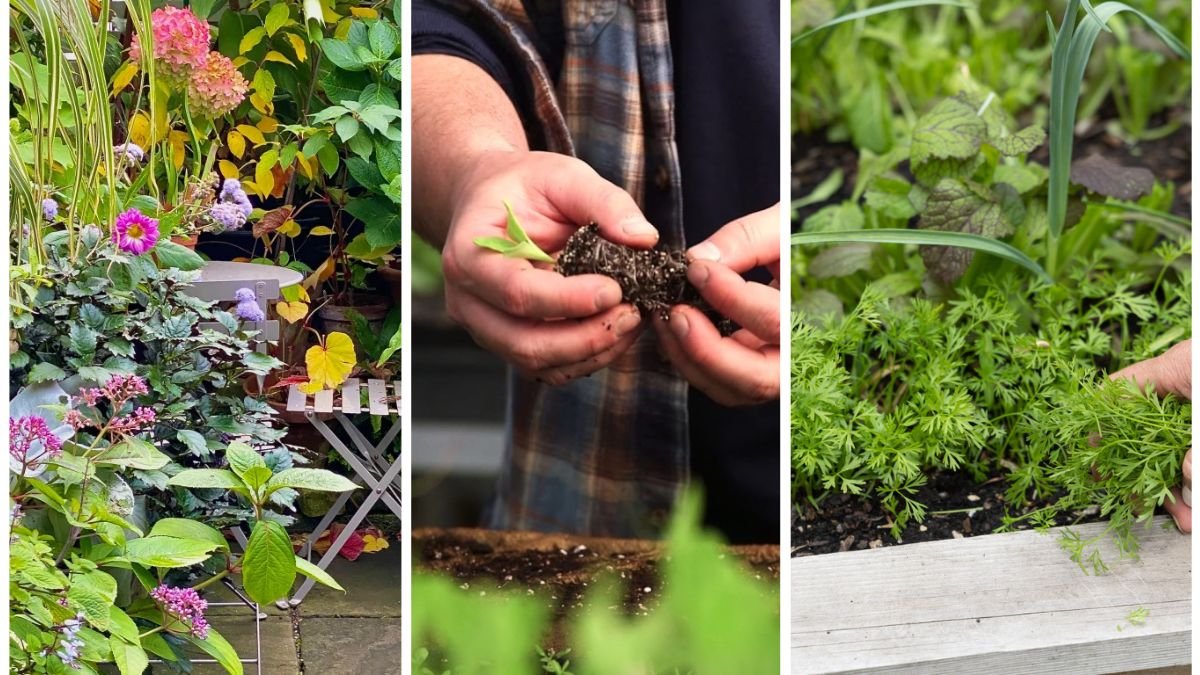For many gardeners, the arrival of crisp autumn mornings signals the winding down of another growing season. By late September and October, vegetable patches start to empty, flower beds fade, and the first frost warns us that winter is near. But what if you didn’t have to pack up your tools just yet? What if your garden could stay productive, green, and abundant all the way into November—or even beyond?
Extending your garden season isn’t just possible—it’s rewarding. With the right strategies, you can harvest fresh vegetables, enjoy colorful flowers, and keep your landscape vibrant even as the days grow shorter and colder. Let’s explore practical methods, plant choices, and smart gardening techniques that will help you make the most of your outdoor space long after many others have called it quits.
1. Choose Cold-Tolerant Crops
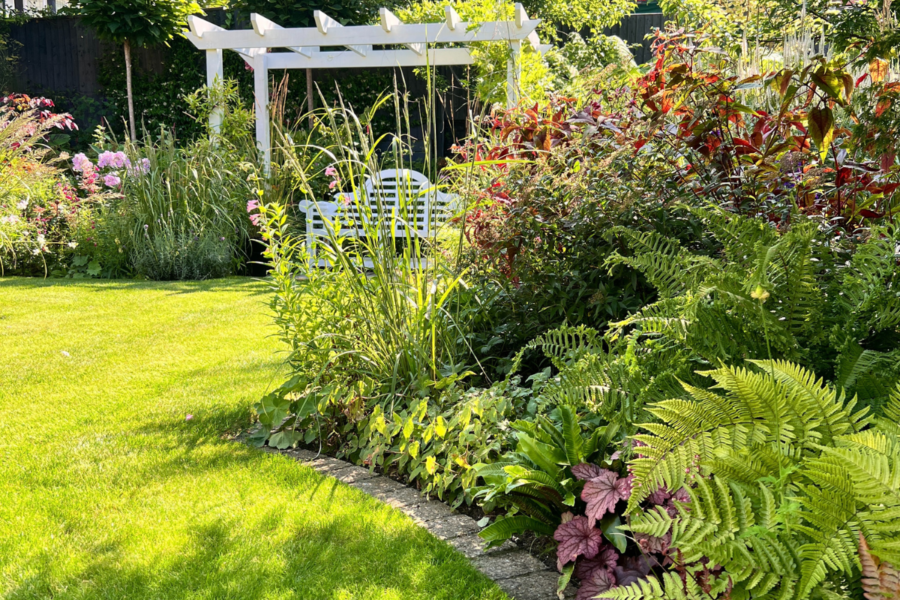
The first step to extending your garden season is selecting plants that naturally thrive in cooler conditions. Many vegetables and flowers actually perform better in fall’s cooler weather compared to the heat of summer.
Best Vegetables for Fall Harvests
- Kale and Collards: Hardy greens that can withstand light frosts and even improve in flavor when kissed by cold.
- Spinach: Quick-growing and frost-tolerant, perfect for succession planting through September.
- Carrots and Beets: Root crops that sweeten after frost, offering harvests well into November.
- Radishes: Fast-growing, ideal for quick crops before deep freezes arrive.
- Garlic: Planted in September or October, it overwinters and rewards you in summer.
Cool-Weather Flowers
- Pansies and Violas: Colorful, cheerful, and tolerant of chilly weather.
- Mums (Chrysanthemums): The quintessential fall flower, blooming right through October and early November.
- Ornamental Cabbage and Kale: Attractive foliage plants that thrive in cool conditions.
By planting these hardy crops, your garden remains lively long after summer vegetables like tomatoes and peppers are gone.
2. Use Season-Extending Structures
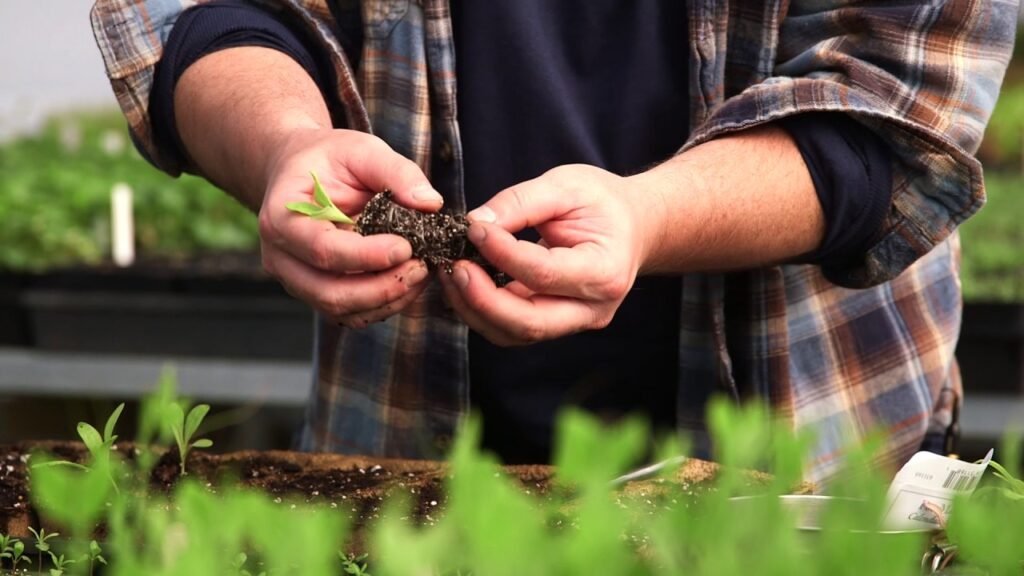
Physical protection can make a huge difference in how long you can keep your garden producing. Season extenders create a warmer, more stable microclimate around your plants.
Row Covers
- Lightweight fabric that shields plants from frost while allowing light and water to penetrate.
- Perfect for covering greens, carrots, and lettuce in late fall.
Cold Frames
- Mini greenhouses made with glass or clear plastic tops.
- Trap heat during the day and insulate plants at night.
- Ideal for growing spinach, scallions, or even late-season lettuce.
Low Tunnels and Hoop Houses
- Curved PVC or metal frames covered with plastic or fabric.
- Provide excellent frost protection and can extend harvests by several weeks.
Greenhouses or Polytunnels
- For serious gardeners, these structures allow nearly year-round gardening.
- With proper ventilation and insulation, you can enjoy fresh herbs and greens well into winter.
These tools don’t need to be expensive—many can be built with simple materials and still make a big impact.
3. Maximize Garden Heat Retention
Even without special structures, you can use simple tricks to keep your garden warm enough for longer.
- Mulching: Apply a thick layer of straw, shredded leaves, or compost around plants. Mulch insulates roots and prevents soil temperature from dropping too quickly.
- Stone or Brick Borders: Hardscaping materials absorb heat during the day and release it at night, helping to protect nearby plants.
- Garden Positioning: Plant fall crops on the south-facing side of fences or walls to take advantage of reflected heat and protection from wind.
- Water Jugs or Thermal Mass: Place black-painted water jugs around plants. They warm up in the sun and release heat at night, creating a buffer against frost.
With these methods, you can create microclimates that give your garden a fighting chance against early freezes.
4. Practice Succession Planting
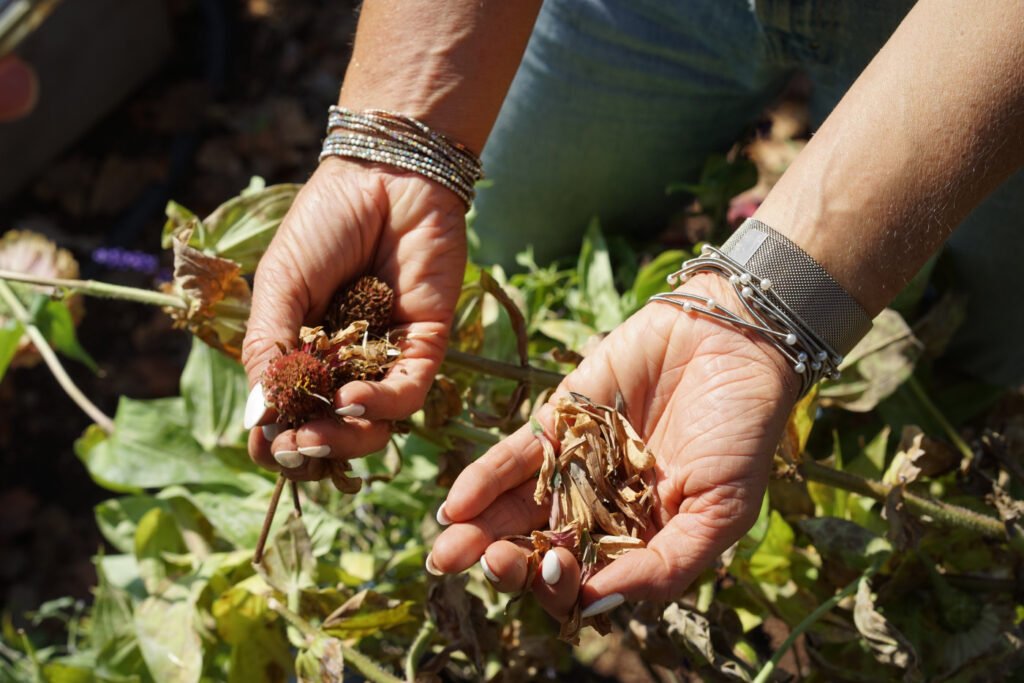
One reason many gardens fade before November is that planting stops mid-summer. By incorporating succession planting, you can keep a steady flow of crops going until frost truly ends the season.
- Late Summer Planting: Sow spinach, kale, radishes, and carrots in late August or early September for a fall harvest.
- Staggered Sowing: Plant every 1–2 weeks to ensure fresh crops continue to mature into October and November.
- Quick Crops Before Frost: Radishes and salad greens mature in as little as 3–4 weeks, making them perfect for squeezing in late-season harvests.
This strategy ensures your garden doesn’t “all end at once” but instead phases out slowly with the season.
5. Protect Plants from Frost

When frosty nights arrive, your job becomes protecting tender crops from the cold.
- Cover Plants at Night: Use old sheets, blankets, or frost cloth to protect crops overnight, then uncover in the morning to let sunlight in.
- Harvest Strategically: Pick sensitive crops like lettuce or herbs before a hard freeze but leave cold-tolerant vegetables like kale or carrots in place—they’ll survive longer.
- Monitor Weather Closely: Know your first frost date and keep an eye on nightly lows to prepare covers in advance.
A little nightly effort can keep crops alive weeks longer than unprotected gardens.
6. Grow in Containers
Containers give you flexibility that in-ground gardens don’t.
- Mobility: Potted herbs, lettuce, and flowers can be moved onto patios, porches, or even indoors when temperatures dip too low.
- Heat Retention: Containers placed near walls or on sunlit decks benefit from extra warmth.
- Extended Access: You can continue harvesting herbs and greens from pots on sunny windowsills even after the outdoor season ends.
If you love fresh herbs or small greens in late fall, container gardening is a must.
7. Extend Flower Displays
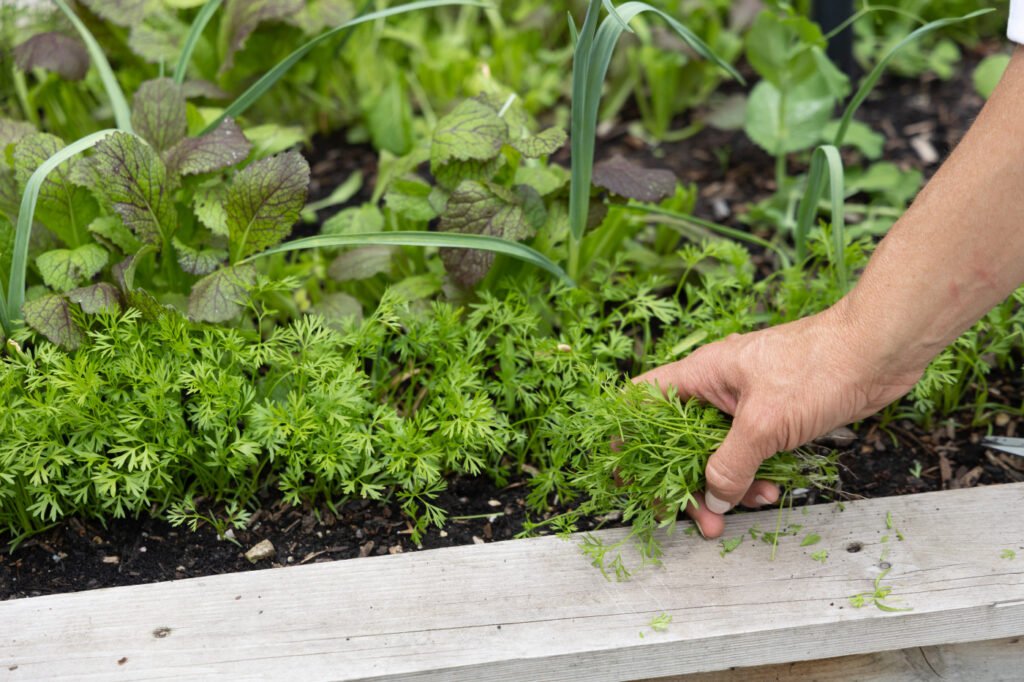
Vegetable gardens aren’t the only areas that benefit from season extension. Flower beds can also shine into November with the right choices.
- Late-Blooming Perennials: Plants like asters, sedum, and Japanese anemones bloom well into fall.
- Autumn Annuals: Swap out fading summer annuals with cold-tolerant pansies, violas, and ornamental kale.
- Decorative Elements: Pumpkins, gourds, corn stalks, and fall wreaths keep the garden visually appealing even after blooms fade.
By combining flowers and fall décor, your outdoor spaces stay welcoming deep into the season.
8. Plan Ahead for Winter and Next Spring
Extending your garden season into November isn’t just about squeezing out a few extra weeks of harvests—it also sets the stage for next year.
- Plant Garlic and Onions: Both thrive when planted in fall and harvested the following summer.
- Sow Cover Crops: Rye, clover, or vetch enrich the soil, prevent erosion, and prepare your beds for spring planting.
- Prepare Perennials: Mulch perennials to protect roots and ensure strong regrowth next year.
By gardening into November, you’re also investing in the health and productivity of your garden long term.
9. Mental and Health Benefits
Extending your gardening season isn’t only practical—it’s also good for your well-being.
- Fresh Air and Movement: Spending time outdoors, even in cooler weather, supports physical and mental health.
- Stress Reduction: Gardening is known to lower stress levels, and continuing into fall prolongs those benefits.
- Connection with Nature: Watching your garden thrive despite cold weather provides a sense of resilience and accomplishment.
Instead of dreading the end of summer, you’ll embrace the beauty of fall gardening.
Final Thoughts
Extending your garden season into November is a combination of choosing the right crops, using protective structures, and adopting smart techniques that work with the rhythms of nature. Cold-hardy vegetables, frost protection, season extenders, and creative garden design allow you to enjoy fresh harvests, colorful flowers, and vibrant landscapes even as neighbors pack away their tools.
By taking these steps, you transform your garden into a year-round source of food, beauty, and joy. November doesn’t have to mean the end of your gardening season—it can be the start of a new appreciation for what your garden can do when given just a little extra care.
So don’t stop gardening when summer ends. With planning and effort, your garden can thrive into November—and reward you with harvests, color, and satisfaction well past the traditional growing season.
